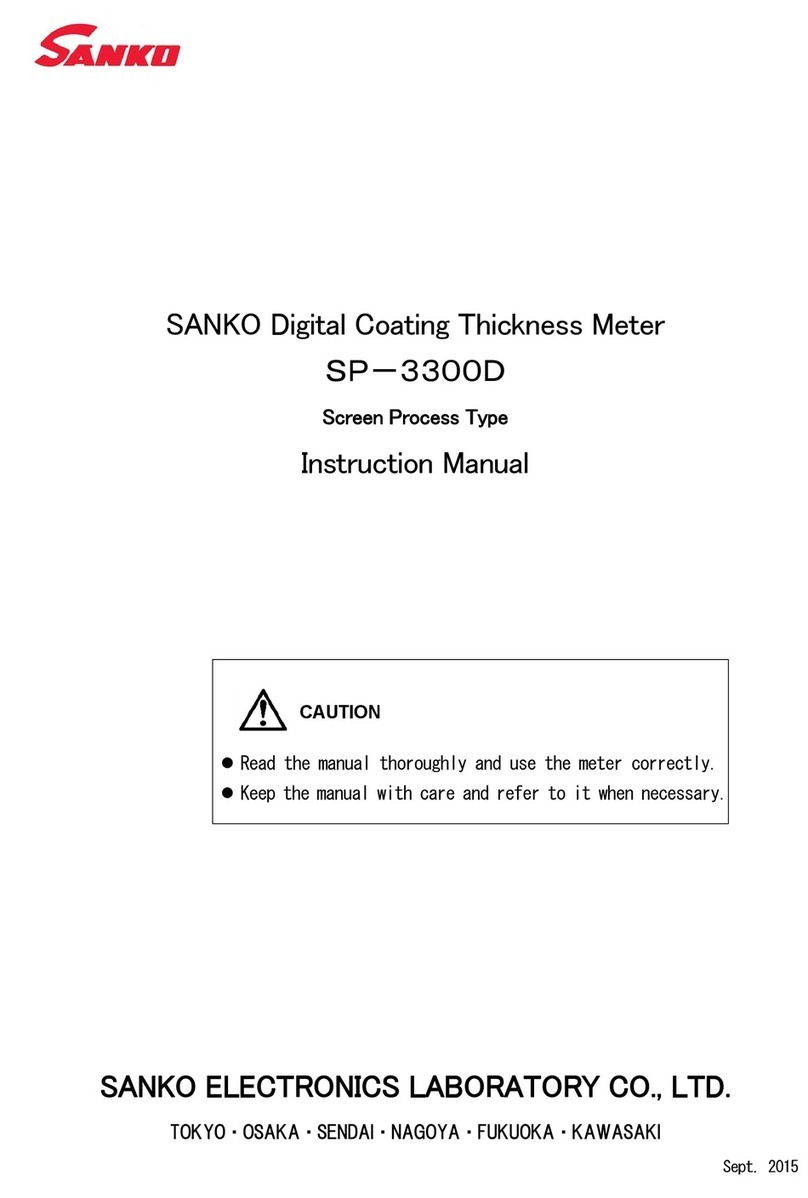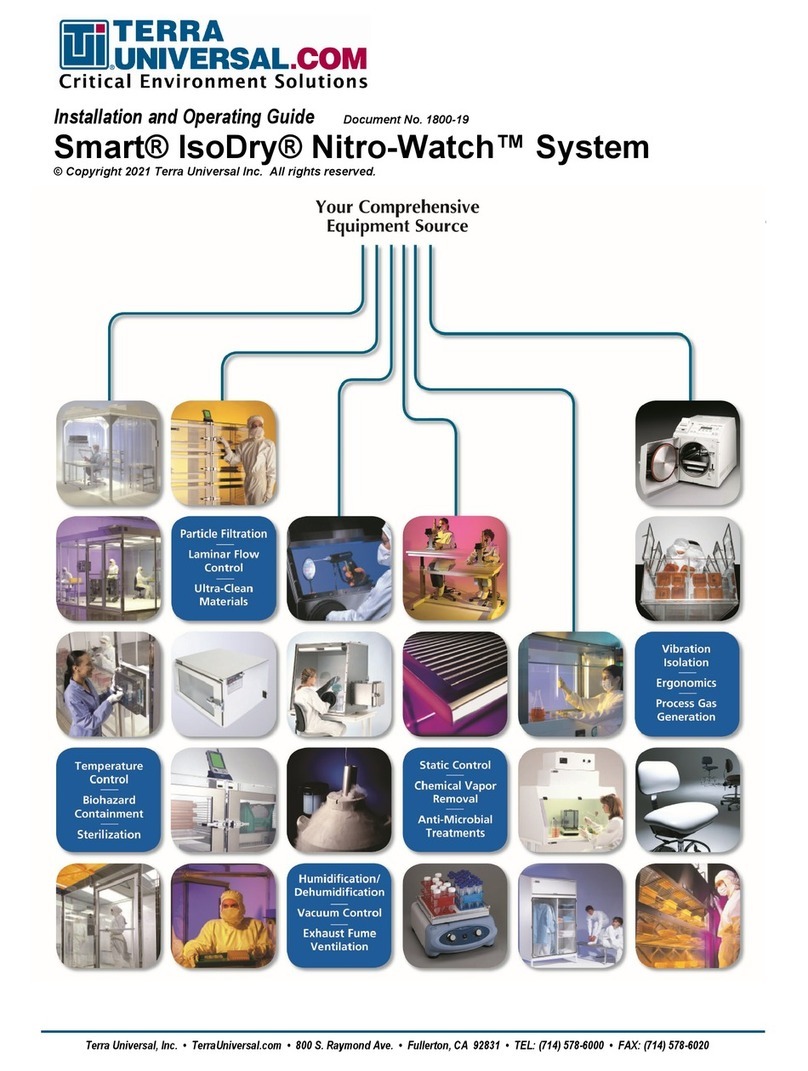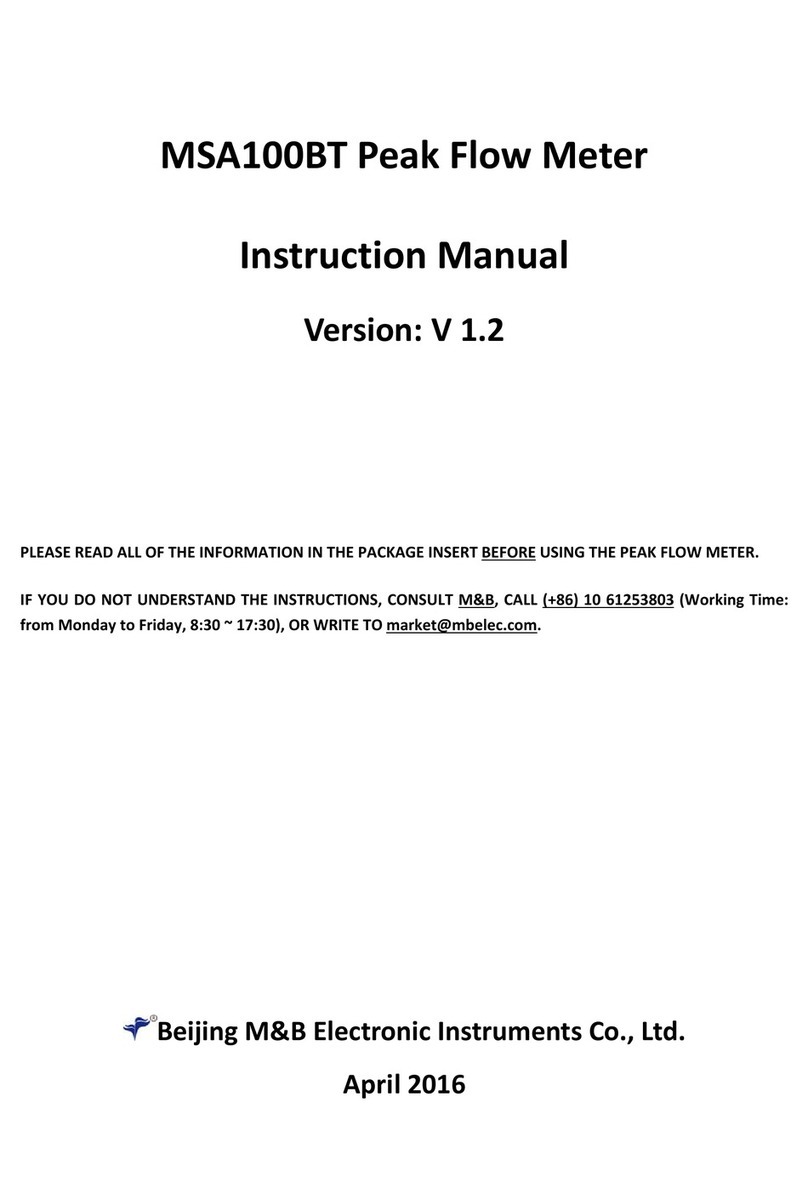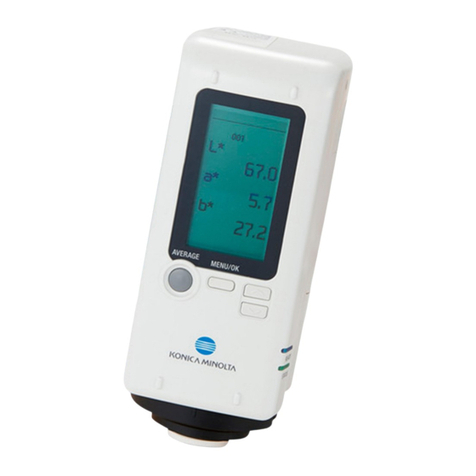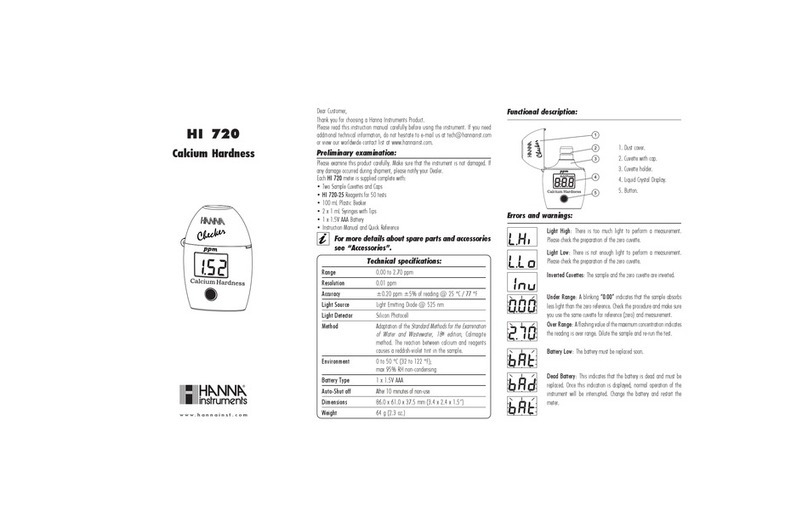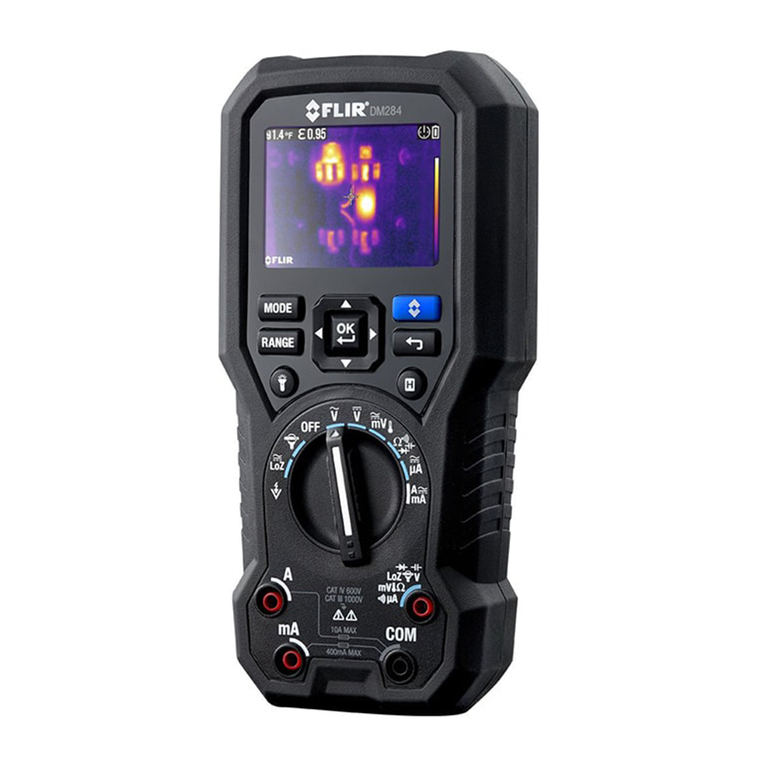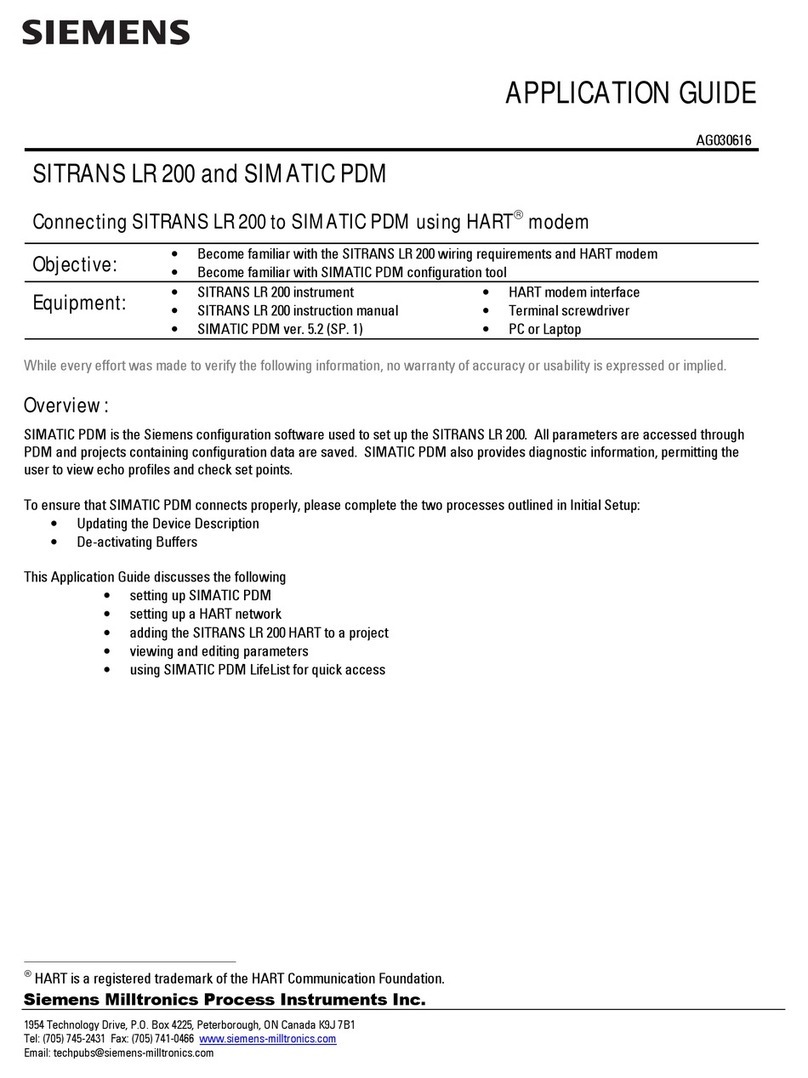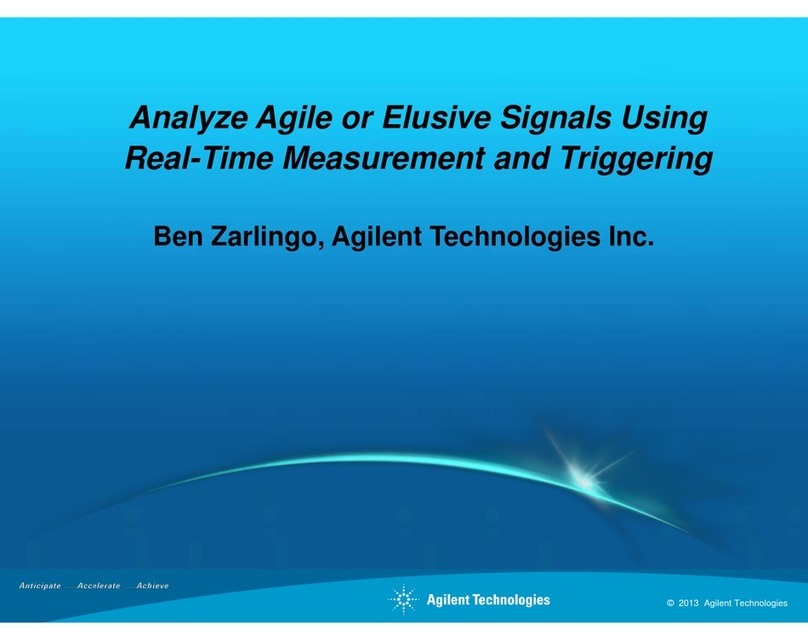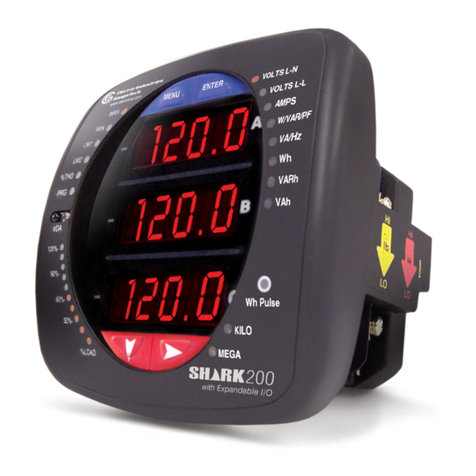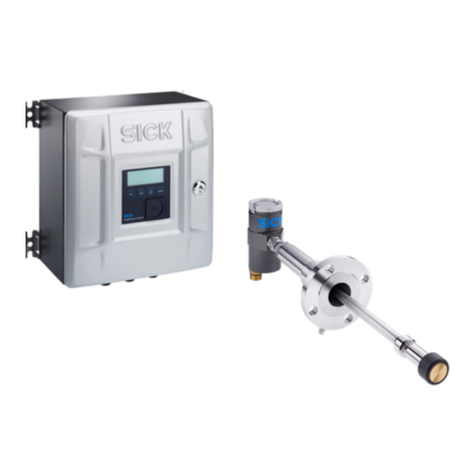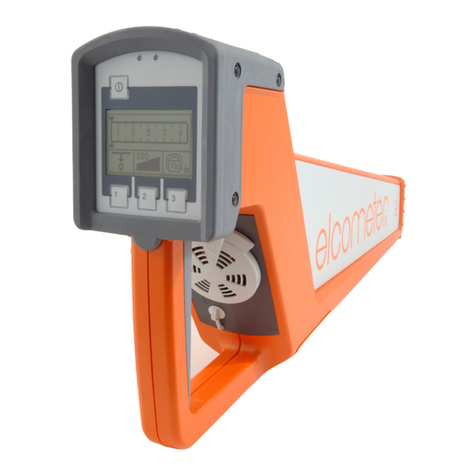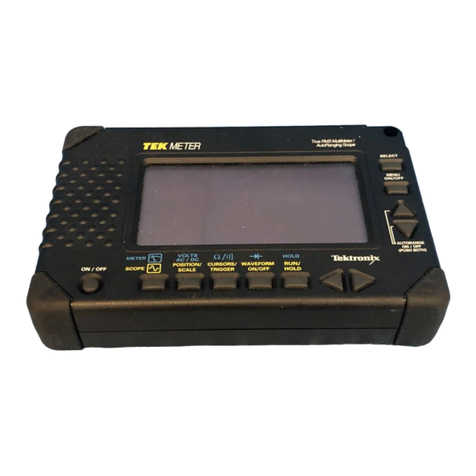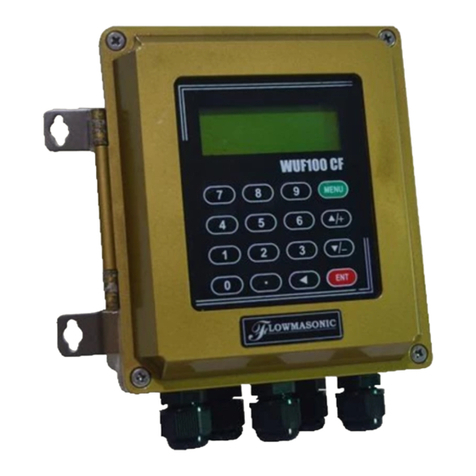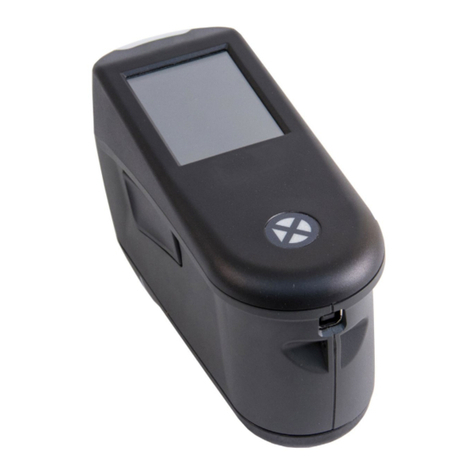
4
5100 Series Continuous Gas Analyzer
03/18, Rev. 6
GOW-MAC Instrument Co.
TERMS AND CONDITIONS OF SALE
WARRANTIES THE 5100 SERIES ANALYZERS SOLD BY GOW-MAC®INSTRUMENT CO. ARE WARRANTED FOR A PERIOD OF
ONE YEAR AGAINST DEFECTS IN MATERIALS AND WORKMANSHIP. THE TERMS OF THIS WARRANTY ARE AS FOLLOWS:
1. The warranty period begins with the shipping date of the equipment to the original purchaser.
2. Certain parts such as batteries, fuses, laments, etc., are expendable in normal use, and their service life is unpredictable. Such items are
not covered by this warranty.
3. All requests for service or repair under this warranty must be received within the warranty period by GOW-MAC®or its authorized
representative. All repairs are made at GOW-MAC plants or at the oce of authorized representatives.
4. All repairs, adjustments, and other service under this warranty shall be performed free of charge to the purchaser. However,
warranty service and repairs shall be limited to equipment malfunctions which, in the opinion of GOW-MAC®, are due or
traceable to defects in original materials or workmanship. Instrument malfunctions caused by abuse or neglect of the equipment
are expressly not covered by this warranty.
5. Instrument parts which have been repaired or replaced during the warranty period are themselves warranted only for the
remaining unexpired portion of the original one year warranty.
6. Repairs, adjustments, and service performed after expiration of the one year warranty period shall be charged to the purchaser
at the then current prices for parts, labor, and transportation.
7. This warranty attaches to the equipment itself and is not limited to the original purchaser. Unexpired portions of the warranty
are thus transferable to subsequent owners.
8. GOW-MAC® expressly disclaims any liability to users of its products for consequential damages of any kind arising out of or
connected with the use of its products.
9. Except as stated in Sections 1 through 8 above, GOW-MAC® makes no warranty, expressed or implied (either in fact or by
operation of law), statutory or otherwise; and, except as stated in Sections 1 through 8 above, GOW-MAC®shall have no
liability under any warranty, expressed or implied (either in fact or by operation of law), statutory or otherwise.
10. Statements made by any person, including representatives of GOW-MAC® which are inconsistent or in conict with the terms
of this warranty shall not be binding upon GOW-MAC® unless reduced to writing and approved by an ocer of the Company.
11. This warranty shall be governed by the laws of the Commonwealth of Pennsylvania.
LIABILITY Buyer assumes all responsibility for warning and protecting its employees and independent contractors with respect to all
hazards to persons and property in any way connected with the Equipment and the use thereof. Seller’s liability for any claim of any kind
hereunder, whether or not based on contract, tort (including negligence), strict liability, warranty, or any other grounds, shall not exceed the
purchase price of the Equipment or the portion of the purchase price attributable to any part or parts of the Equipment in respect to which
such claim is made. Seller shall not be liable for any special, indirect, incidental, or consequential damages. Without limiting the generality of
the foregoing, Seller shall have no liability with respect to the results obtained by use of the Equipment, whether in terms of product condition,
operating cost, general eectiveness, success or failure, or regardless of any statement made in any written proposal submitted by Seller.
It is expressly understood that any technical advice furnished by Seller with reference to the Equipment is given gratis and Seller assumes
no obligation or liability for the advice given or results obtained, all such advice being given and accepted at Buyer’s risk. Each party hereby
agrees to indemnify and hold the other party harmless from any actions, lawsuits, demands, claims, losses, expenses, costs, including but
not limited to legal fees, and damages arising from the injury, illness or death of the indemnifying party’s employees in any way related to the
Equipment, whether or not such injury, illness, or death is claimed to have been caused by, resulted from, or was in any way connected with
the negligence of the party to be indemnied.
PROPRIETARY INFORMATION Buyer agrees to maintain all proprietary information disclosed by Seller, including such proprietary
information obtainable upon examination of the Equipment, in condence and to refrain from any disclosure thereof to any third party (including
any aliate of Buyer), for any purpose, without the prior written consent of Seller. Buyer agrees to use said proprietary information solely
for purposes of maintaining and operating the Equipment, and to refrain from any use thereof to design, construct, have constructed and/or
operate any duplication or modication of the Equipment, or from any other use thereof, without the prior written consent of Seller.




















